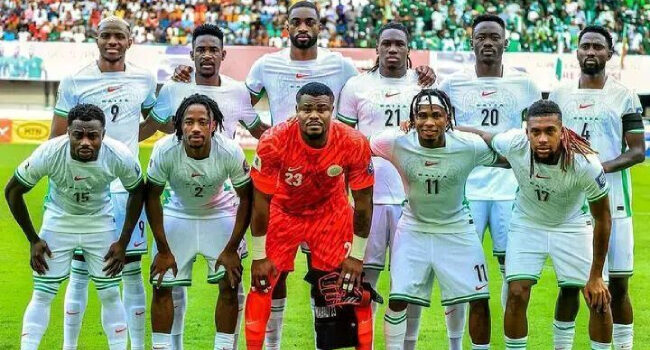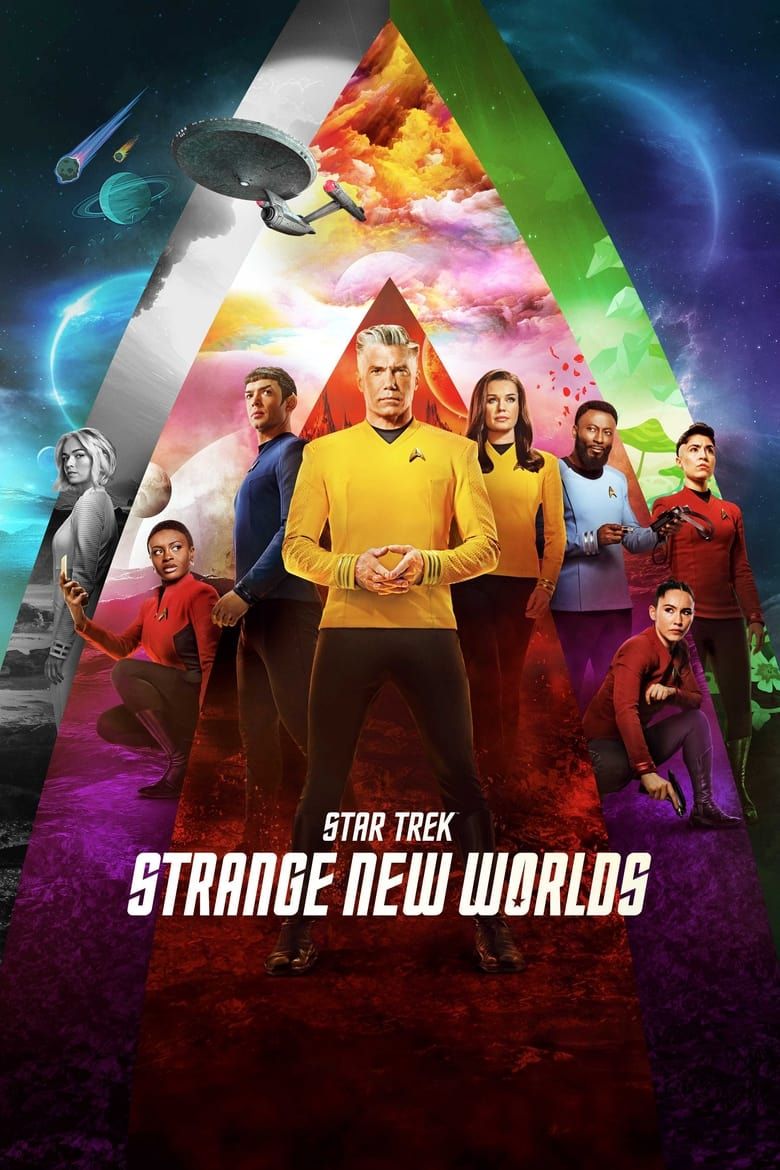Tesla's Robotaxi Rolls Out: First Rides & Waymo Showdown Reveal Glitches and Progress

The landscape of autonomous ride-hailing services is rapidly evolving, with Waymo, a subsidiary of Alphabet, standing as the most established player, having offered services in various cities since 2017. More recently, Tesla has entered the fray, beginning to field a small fleet of modified Model Ys for its Robotaxi service in Austin, Texas. This burgeoning competition offers a unique opportunity to compare the two leading robotaxi services, especially given that Waymo was awarded the 2025 MotorTrend Best Tech for self-driving ride sharing.
Waymo's service, operational for nearly a decade with eight years of prior development, initially began with limited ridership before expanding into a more publicly available realm. Riders typically hail a driverless car via Waymo's dedicated app, though in newer locations like Austin, Atlanta, and soon Dallas, Waymos are integrated into Uber's rideshare app options. The Waymo vehicles, often Jaguar I-Paces in Austin, are equipped with a complex array of Lidar, radar sensors, cameras, and comprehensive real-world mapping, providing a 360-degree view that significantly enhances spatial recognition and safety. A key differentiator for Waymo is the absence of a human monitor in the front seat, underscoring its advanced state of autonomous operation.
In contrast, Tesla's Robotaxi, based on a long-range dual-motor 2026 Model Y Juniper, is a much newer entrant, only recently beginning to field a small fleet in Austin. Dubbed "Project Halo" internally, the effort to upfit the Model Y includes a subtle addition to the basic "Hardware 4" sensor suite, with a second communications and telematics unit for redundant, high-bandwidth connectivity and robust connection to support operators. However, unlike Waymo, Tesla's approach relies primarily on a relatively crude and smaller array of cameras. Currently, all Tesla Robotaxis operate with a safety chaperone in the front passenger seat, authorized to intervene if necessary. Access to the service is currently limited to company insiders, prominent Teslarati, influencers, and press via a still-in-development app, with operations restricted to specific geofenced areas, from 6 AM to 12 AM, and subject to weather limitations.
A comparative test in Austin revealed distinct user experiences and operational nuances. Hailing a Waymo through the Uber app proved unexpectedly difficult due to the Uber algorithm prioritizing the fastest route, often involving highways. Both Waymo and Tesla Robotaxis in Austin are currently incapable of highway driving, leading to Waymo's being overlooked if a highway route was faster. This meant that despite Waymos frequently passing by, they were hard to secure for certain destinations. Conversely, Tesla Robotaxis were easier to hail via their proprietary app, largely because of the limited user base. Waymo's pickup process was notably slicker, with the vehicle stopping precisely at the pinned location and displaying the rider's initials on the roof. Tesla's Robotaxis, however, often stopped some distance away from the waiting point, requiring a short walk.
Inside the vehicles, Waymo offered a more polished and thorough experience. Its rear-seat display provides a friendly narrator guiding passengers through features, along with an animated map view mimicking the front-seat display, showing the vehicle's progress and surrounding traffic. The waiting period for a Waymo was also shorter, typically seven minutes, compared to Tesla's 15 minutes. Tesla's in-car interface, while functional with climate, music, and support options, felt less refined, providing text-only notations and requiring users to connect their own music apps. Both allow for trip initiation via a rear-seat screen or the app.
The driving styles of the two robotaxis also presented notable differences. Waymo exhibited a more assertive driving style, smoothly and quickly executing maneuvers like crossing multiple lanes or swerving to avoid a collision, backed by its comprehensive sensor suite. While assertive, it strictly adhered to speed limits. Tesla's Robotaxi, on the other hand, delivered a smoother, less robotic ride, often exceeding the speed limit by 5-7 mph to match the flow of traffic. However, Tesla's system displayed minor glitches, such as sailing through a crosswalk without stopping (despite no cross-traffic) or suddenly engaging anti-lock brakes at a green light for no apparent reason. One instance involved a false start requiring a call to HQ for resolution, and another where a Robotaxi faulted out while attempting a left turn, blocking traffic until the safety monitor intervened.
Overall, Waymo One remains the leader in autonomous ride-hailing services. Its end-to-end user experience is superior, and its technology, with robust redundancies and extensive development, inspires greater confidence and safety. The presence of a safety monitor in Tesla's Robotaxis serves as a constant reminder of its early-days experimental phase and the limitations of its camera-only
Recommended Articles
Wicked Oaks Festival Reels From Deadly Storm, Issues Refunds After Injury Reports

The inaugural Wicked Oaks Festival in Austin faces severe weather disruptions and injuries, prompting organizers to issu...
San Francisco Blackout Halts Waymo Robotaxis: Musk Highlights Tesla Advantage

A San Francisco power outage disrupts Waymo’s driverless vehicles, leaving streets gridlocked, while Elon Musk touts Tes...
You may also like...
Transfer Frenzy: Chelsea & Liverpool Battle for Bournemouth Star Antoine Semenyo!

Bournemouth manager Andoni Iraola is fighting to keep star forward Antoine Semenyo amidst intense transfer speculation. ...
Super Eagles Ignite AFCON 2025: Nigeria Dominates Tanzania in Thrilling 2-1 Victory!

The Nigerian Super Eagles secured a 2-1 victory over Tanzania in their AFCON 2025 opener, with goals from Semi Ajayi and...
New Stars Join Star Trek: Strange New Worlds as Iconic Sulu and Bones for Grand Finale!

Thomas Jane and Kai Murakami will bring iconic characters Doctor Leonard "Bones" McCoy and Lt. Hikaru Sulu to "Star Trek...
Shocking Twist: Avatar: The Last Airbender Movie Skips Theaters for Paramount+ Debut!
Paramount+ is expanding the Avatar Universe with two new projects: "The Legend of Aang: The Last Airbender" film and the...
Pop Icon's Generosity: Taylor Swift Donates $1 Million for Holiday Hunger Relief

Pop superstar Taylor Swift has donated $1 million to Feeding America to help provide food for hungry families ahead of t...
Afrobeats Tragedy: Asake 'Devastated' Over Fan's Death at Nairobi Crowd Crush

Nigerian Afrobeats star Asake has expressed deep sorrow following the tragic death of a young woman, Karen Lojore, durin...
Cranberry Juice: Unveiling Its Potent Effects on Your Heart, Immunity, and Urinary Health!
:max_bytes(150000):strip_icc()/cranberry-juice-11857123-final-0171ebbeef7b4bb58b5d22f84b3cf3e4.jpg)
Cranberry juice offers a multitude of health benefits, including preventing UTIs and supporting heart, immune, gut, and ...
Carrot Juice Revealed: The Surprising Impact on Your Eyes, Heart, and Immune System!
:max_bytes(150000):strip_icc()/carrot-juice-benefits-11857107-c42c14155aa04c65a27f4f70428b636c.jpg)
Discover the remarkable health benefits of carrot juice, a nutrient-packed beverage rich in antioxidants and essential v...